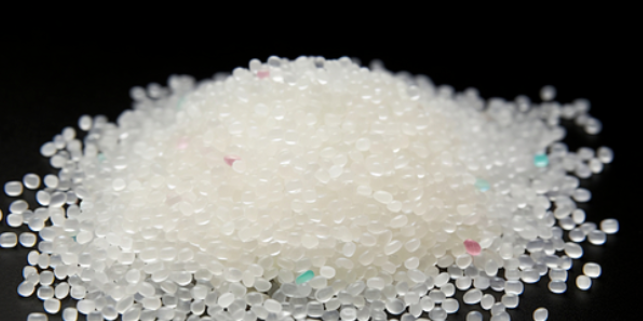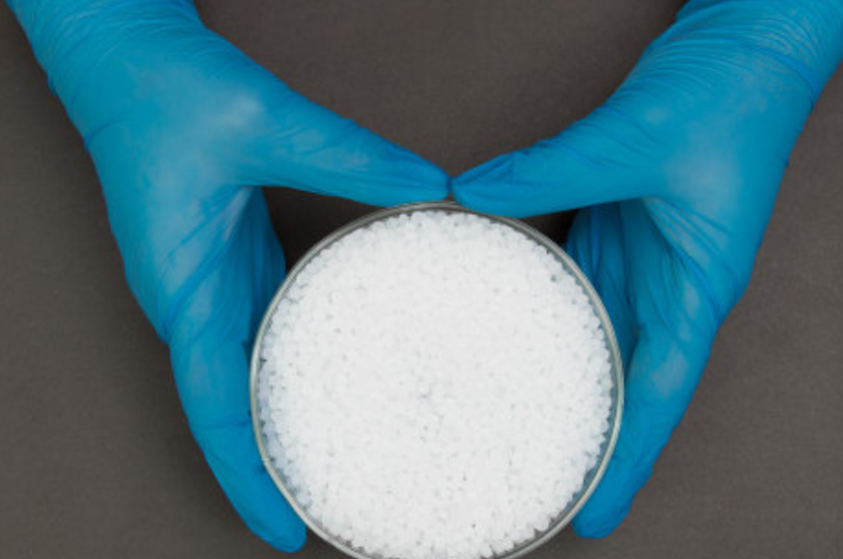September 27, 2024 – The significance of recycling waste plastics in today’s society cannot be overstated. This initiative not only effectively reduces our dependence on natural resources but also greatly promotes the development of environmental protection efforts. After undergoing professional recycling processes, numerous waste plastics can be rejuvenated and reintegrated into production and daily life, thereby avoiding the excessive extraction of new raw materials. For instance, waste paper can be transformed into new paper products, while waste plastics can be repurposed into a variety of plastic items, continuing to serve their valuable purposes.

The far-reaching implications of recycling waste materials lie in environmental protection. Casually discarded waste items not only occupy valuable land resources but also pose risks of soil and water pollution. Through scientific recycling practices, we can significantly mitigate the negative environmental impact of these waste materials, leaving a cleaner and more livable Earth for future generations.
According to the Color Masterbatch Industry Network, Polyethylene (PE) plays a crucial role in the recycling and reuse process as a common plastic material. PE exhibits characteristics such as being easily combustible with a paraffin-like odor, producing minimal smoke and melting droplets when burned, displaying a yellow flame at the top and a blue flame at the bottom, and continuing to burn after being removed from the fire. Additionally, PE demonstrates excellent chemical resistance, withstanding the corrosion of acids, alkalis, salts, and other chemicals, making it widely used in various fields including chemicals, agriculture, and environmental protection.

In daily life, PE is commonly utilized in the production of plastic bags, films, pipes, shoe materials, boxes, buckets, and other packaging and household items. However, it is worth noting that PE has relatively poor mechanical properties, prone to deformation, aging, and low surface hardness, making it easily scratched. Therefore, during its use and recycling process, it is essential to fully understand its characteristics and adopt corresponding protective measures to extend its service life and reduce environmental pollution.














